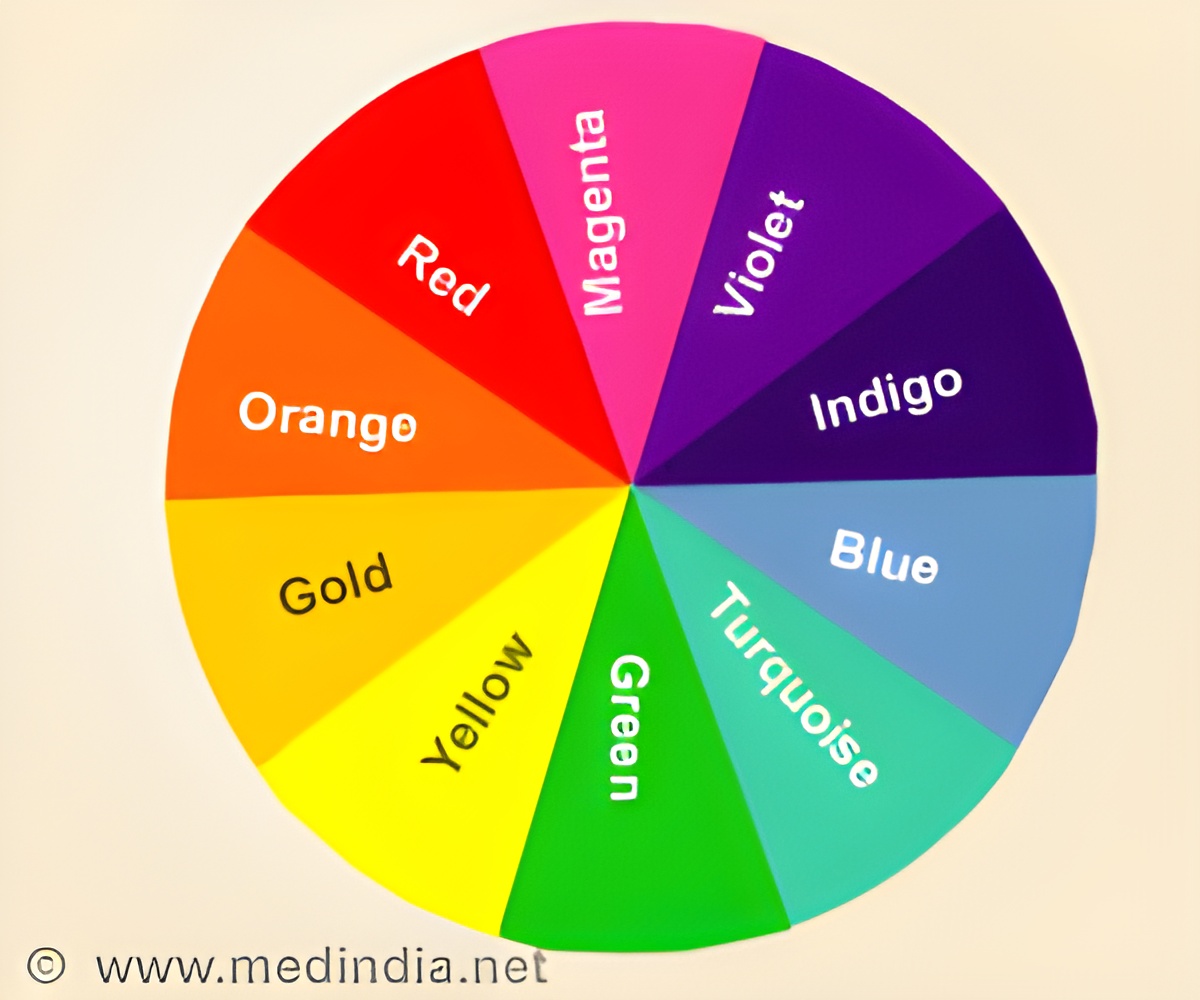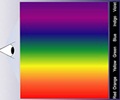
For example, there’s azure, there’s navy, there’s cobalt and ultramarine. The human brain is sensitive to the differences between these hues we can, after all, tell them apart, but when storing them in memory, people label all of these various colors as ’blue’, the researchers found.
The same thing goes for shades of green, pink, purple. This is why, Flombaum said, someone would have trouble glancing at the color of his living room and then trying to match it at the paint store.
Study leader Jonathan Flombaum said that trying to pick out a color for touch-ups, he’d end up making a mistake because he’d misremember his wall as more prototypically blue.
The findings have broad implications for the understanding of visual working memory. When faced with a multitude of something, colors, birds, faces, people tend to remember them later as more prototypical, Flombaum said.
It’s not that the brain doesn’t have enough space to remember the millions of options, he said, it’s that the mind tries to reconcile those precise details with more limited, language-driven categories. So an object that’s teal might be remembered as more ’blue’ or more ’green’, while a coral object might be remembered as more ’pink’ or more ’orange’.
Advertisement













